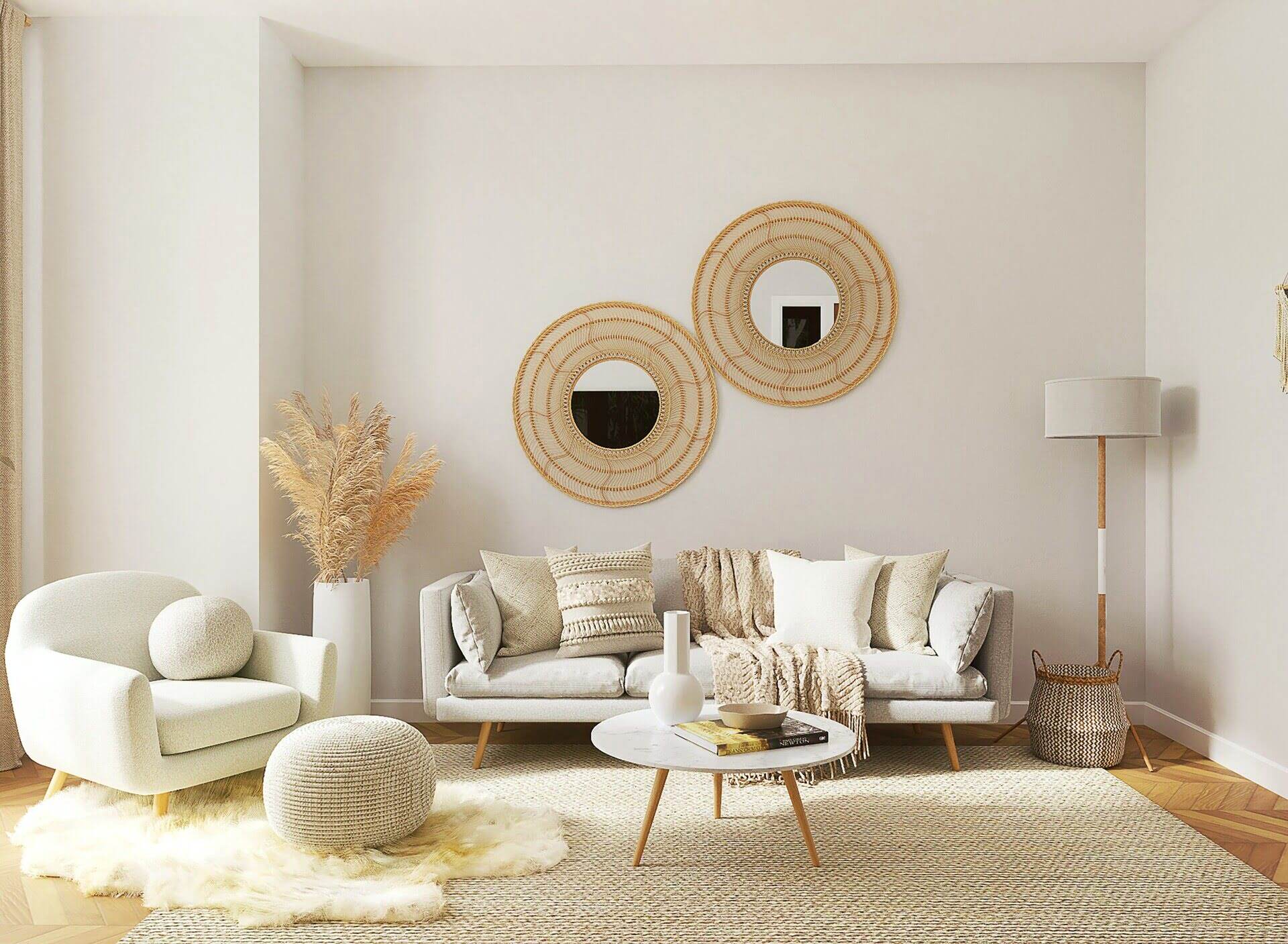

Articles
How To Organize A Living Room
Modified: January 22, 2024
Learn effective strategies and practical tips for organizing your living room with our comprehensive collection of articles. Transform your space into a clutter-free haven!
(Many of the links in this article redirect to a specific reviewed product. Your purchase of these products through affiliate links helps to generate commission for Storables.com, at no extra cost. Learn more)
Introduction
Welcome to the ultimate guide on how to organize your living room. Your living room is the heart of your home, where you gather with family and friends, relax, and entertain. It’s essential to create a space that is both functional and aesthetically pleasing, allowing you to enjoy your time in this central living area.
Organizing a living room may seem like a daunting task, but with the right approach and strategies, you can transform your space into a well-organized and inviting haven. In this comprehensive guide, we will take you through step-by-step instructions to help you tackle the organization of your living room efficiently.
From decluttering and arranging furniture to creating functional zones and adding personal touches, we have got you covered. So let’s dive in and learn how to create a living room that is both functional and stylish!
Key Takeaways:
- Create functional zones to maximize living room usability and organization. Define areas for lounging, dining, workspace, and entertainment to optimize space and enhance functionality.
- Regularly maintain and refresh your living room to uphold its organized and inviting atmosphere. Develop cleaning routines, declutter regularly, and rotate decor to keep the space fresh and functional.
Read more: How To Organize Furniture In The Living Room
Step 1: Determine the Purpose of the Living Room
The first step in organizing your living room is to determine its purpose. Every living room serves a unique function, whether it’s a space for family gatherings, entertaining guests, or simply a place to unwind and relax.
Consider how you primarily use your living room and what activities take place in this space. This will help you make informed decisions when it comes to arranging furniture and creating functional zones later on.
If your living room is primarily used for family time and relaxation, you might want to prioritize comfortable seating arrangements and cozy elements like soft throw blankets and pillows. On the other hand, if you frequently host guests, you might want to focus on creating a more conversational layout with ample seating options.
Additionally, think about any specific needs or hobbies you have that could be incorporated into the living room. If you enjoy reading, you might want to create a dedicated reading corner with a comfortable chair and a bookshelf. If you have children, you might need to consider storage solutions for toys and games.
By determining the purpose of your living room, you can create a space that is tailored to your specific needs and lifestyle.
Step 2: Remove Clutter
One of the most important steps in organizing your living room is to remove clutter. Clutter not only makes your space look messy and chaotic but can also impede the functionality of the room.
Start by going through each area of your living room and sorting items into categories such as keep, donate, and throw away. Be ruthless in your decision-making process and only keep items that you truly need or genuinely love.
Once you have sorted through your belongings, find appropriate storage solutions for the items you have decided to keep. Utilize shelving units, storage baskets, and cabinets to keep things organized and out of sight. Clearing out the clutter will instantly make your living room feel more spacious and inviting.
In addition to physical clutter, it’s also important to address digital clutter. Remove any unnecessary cables, cords, or electronic devices that are not in use. Organize your entertainment center by neatly arranging your devices and keeping cords hidden away.
Consider implementing a “one in, one out” rule to prevent future clutter accumulation. For every new item you bring into the living room, remove an old item to maintain a clutter-free space.
By removing clutter and implementing effective storage solutions, you will create a clean and organized living room that promotes relaxation and functionality.
Step 3: Arrange Furniture for Optimal Flow
Once you have decluttered your living room, it’s time to arrange your furniture for optimal flow. The way you position your furniture can greatly impact the functionality and aesthetics of the space.
Start by taking measurements of your living room and your furniture pieces. This will help you determine which arrangement will work best for your space. Consider the natural focal points of the room, such as a fireplace or a large window, and arrange your furniture to maximize the view.
When arranging your seating, keep in mind the concept of conversation zones. Place chairs and sofas in a way that encourages easy conversation and interaction among your family and guests. Avoid pushing furniture against the walls, as this can create a disconnected and less intimate atmosphere.
Create a balanced and symmetrical arrangement if your living room allows for it. Place a coffee table or a central ottoman in the middle to anchor the arrangement and provide a surface for drinks and decor.
Consider the traffic flow of the room and ensure there is enough space for people to move around comfortably. Avoid blocking pathways with large furniture pieces and maintain clear walkways.
Don’t be afraid to experiment with different furniture arrangements until you find the one that feels right for your space. Remember, the goal is to create a layout that promotes conversation, relaxation, and ease of movement.
Lastly, consider the positioning of your television or entertainment center. Make sure it is easily visible from seating areas and adjust the height as needed for comfortable viewing.
By arranging your furniture strategically, you will create a living room that is visually appealing, functional, and conducive to social interaction.
Step 4: Create Functional Zones
Creating functional zones within your living room will help to maximize its usability and organization. By defining specific areas for different activities, you can create a well-rounded and efficient space.
Start by identifying the different activities that take place in your living room. Common zones include a lounging area, a dining area, a workspace, and an entertainment area.
Use area rugs or furniture placement to delineate each zone. For example, place a sofa and a coffee table to create a dedicated lounging area. Set up a dining table and chairs in another corner for meals and gatherings.
If you need a workspace, designate a corner of the room for a desk and a chair. This will help separate your work area from the rest of the living space.
When creating functional zones, consider the flow of the room and ensure that each area is easily accessible and has enough space for its intended purpose. You may need to rearrange furniture or invest in additional storage solutions to accommodate the different zones.
Another important consideration is lighting. Incorporate proper lighting in each area to enhance its functionality. Use task lighting for workspaces, ambient lighting for lounging areas, and softer lighting for dining spaces.
By creating functional zones within your living room, you can optimize the space for different activities and ensure that each area serves its purpose effectively.
Use multifunctional furniture to maximize space in your living room. Look for pieces that offer storage, such as ottomans with hidden compartments or coffee tables with shelves. This will help keep your living room organized and clutter-free.
Read more: How To Organize Toys In Living Room
Step 5: Utilize Storage Solutions
Storage is key to maintaining an organized living room. By utilizing smart storage solutions, you can keep your belongings out of sight and create a clutter-free environment.
Start by assessing your storage needs. Think about the items that need to be easily accessible and those that can be stored away. Consider incorporating a combination of closed storage, such as cabinets and drawers, as well as open storage, such as shelves and baskets.
Maximize vertical space by installing shelving units or wall-mounted shelves. This provides an opportunity to display decorative items while also offering storage for books, photos, or other items that you want to keep handy.
If space allows, consider investing in furniture with built-in storage. For example, choose a coffee table with drawers or a ottoman with a hidden storage compartment. This allows you to store items like remote controls, magazines, and blankets without adding additional clutter to the room.
Get creative with storage solutions. Use decorative baskets or bins to corral small items and keep them organized. Consider using a storage bench with compartments to store shoes or other items near the entryway.
Labeling is another helpful strategy to keep items organized. Use labels or tags on bins and boxes to easily identify what is stored inside. This not only makes it easier to find things but also encourages everyone in the household to return items to their designated storage spaces.
As you incorporate storage solutions, ensure that they seamlessly blend with your living room’s decor. Choose storage pieces that complement your style and enhance the overall aesthetic of the space.
By utilizing well-planned storage solutions, you can keep your living room organized and free from clutter, creating a serene and inviting space for relaxation and enjoyment.
Step 6: Personalize with Decor and Accessories
Adding personalized decor and accessories is the key to transforming your living room into a space that reflects your unique style and personality. It’s the final step in the organization process that adds the finishing touches to your space.
Start by choosing a color scheme or a theme that resonates with you. This will guide your selection of decor items and tie everything together cohesively. Consider factors such as the existing furniture, lighting, and overall ambiance of the room.
Add decorative elements such as artwork, wall hangings, and mirrors to create visual interest and focal points in your living room. These can help to elevate the overall aesthetic and bring a personal touch to the space.
Include plants and flowers to bring life and freshness into the room. Whether it’s a small potted plant or a large statement tree, adding greenery can instantly make your living room feel more vibrant and inviting.
Accessorize your furniture with throw pillows, blankets, and rugs that complement the color scheme and overall style. These not only add comfort but also contribute to the visual appeal of the room.
Showcase meaningful decor items, such as family photos, travel souvenirs, or sentimental pieces. Display them on shelves, mantels, or use dedicated wall space to create a gallery wall. These personal touches will bring warmth and a sense of nostalgia to your living room.
Consider the lighting in your living room and utilize both natural and artificial sources for different moods and occasions. Incorporating floor or table lamps, string lights, or even candles can create a cozy and inviting atmosphere.
Remember, the goal is to create a space that feels like home and reflects your personal taste and style. So don’t be afraid to experiment and let your creativity shine through as you add decor and accessories to your living room.
Step 7: Maintain and Refresh the Living Room
Organizing your living room is not a one-time event; it requires regular maintenance to keep the space clean, functional, and visually appealing. Here are some tips to help you maintain and refresh your organized living room:
1. Develop a cleaning routine: Set a regular cleaning schedule to keep your living room tidy and free from dust and dirt. Vacuum or sweep the floors, dust the surfaces, and wipe down furniture regularly.
2. Declutter regularly: Make it a habit to evaluate your belongings regularly and get rid of items you no longer need or love. Donate or sell items that are still in good condition but no longer serve a purpose in your living room.
3. Implement storage habits: Encourage everyone in the household to use designated storage spaces and return items to their proper place after use. This will help prevent clutter from accumulating and maintain an organized living room.
4. Rotate decor: To keep your living room looking fresh, consider rotating your decor items periodically. Swap out throw pillows, change the artwork, or try different accessories to give your space a new look and feel.
5. Deep clean on occasion: In addition to regular cleaning, plan for deep cleaning sessions to tackle areas that are often overlooked. This can include washing curtains or blinds, steam-cleaning upholstery, or polishing wooden furniture.
6. Stay organized digitally: If you have electronic devices and cords in your living room, keep them organized by using cable management systems or cord organizers. This will help prevent tangling and maintain a neat appearance.
7. Bring in plants: Refresh your living room by adding new plants or swapping out existing ones. Plants not only add beauty but also improve air quality and create a calming atmosphere.
8. Stay mindful of functionality: As you refresh your living room, consider the functionality of each element. Ensure that furniture arrangements and storage solutions still meet your needs and make any adjustments if necessary.
By maintaining and refreshing your living room regularly, you can enjoy a well-organized and rejuvenating space that reflects your personal style.
Conclusion
Congratulations! You have reached the end of our comprehensive guide on how to organize your living room. By following these steps, you can transform your living room into a functional, organized, and visually appealing space that meets your needs and reflects your personal style.
Remember that organizing your living room is a continuous process that requires ongoing maintenance. Regularly decluttering, cleaning, and refreshing your living room will help you maintain the organized environment you have created.
Keep in mind the purpose of your living room and create functional zones that cater to your specific needs and lifestyle. Utilize storage solutions to keep your belongings organized and out of the way. Add personal touches with decor and accessories that reflect your personality and style.
Maintaining an organized living room not only enhances the functionality of the space, but it also creates a calming and inviting atmosphere for you, your family, and your guests to enjoy. So take the time to implement these organization strategies and reap the benefits of a well-organized living room.
Now, go ahead and begin the journey of organizing and transforming your living room into a space that brings joy and comfort to your everyday life!
Frequently Asked Questions about How To Organize A Living Room
Was this page helpful?
At Storables.com, we guarantee accurate and reliable information. Our content, validated by Expert Board Contributors, is crafted following stringent Editorial Policies. We're committed to providing you with well-researched, expert-backed insights for all your informational needs.
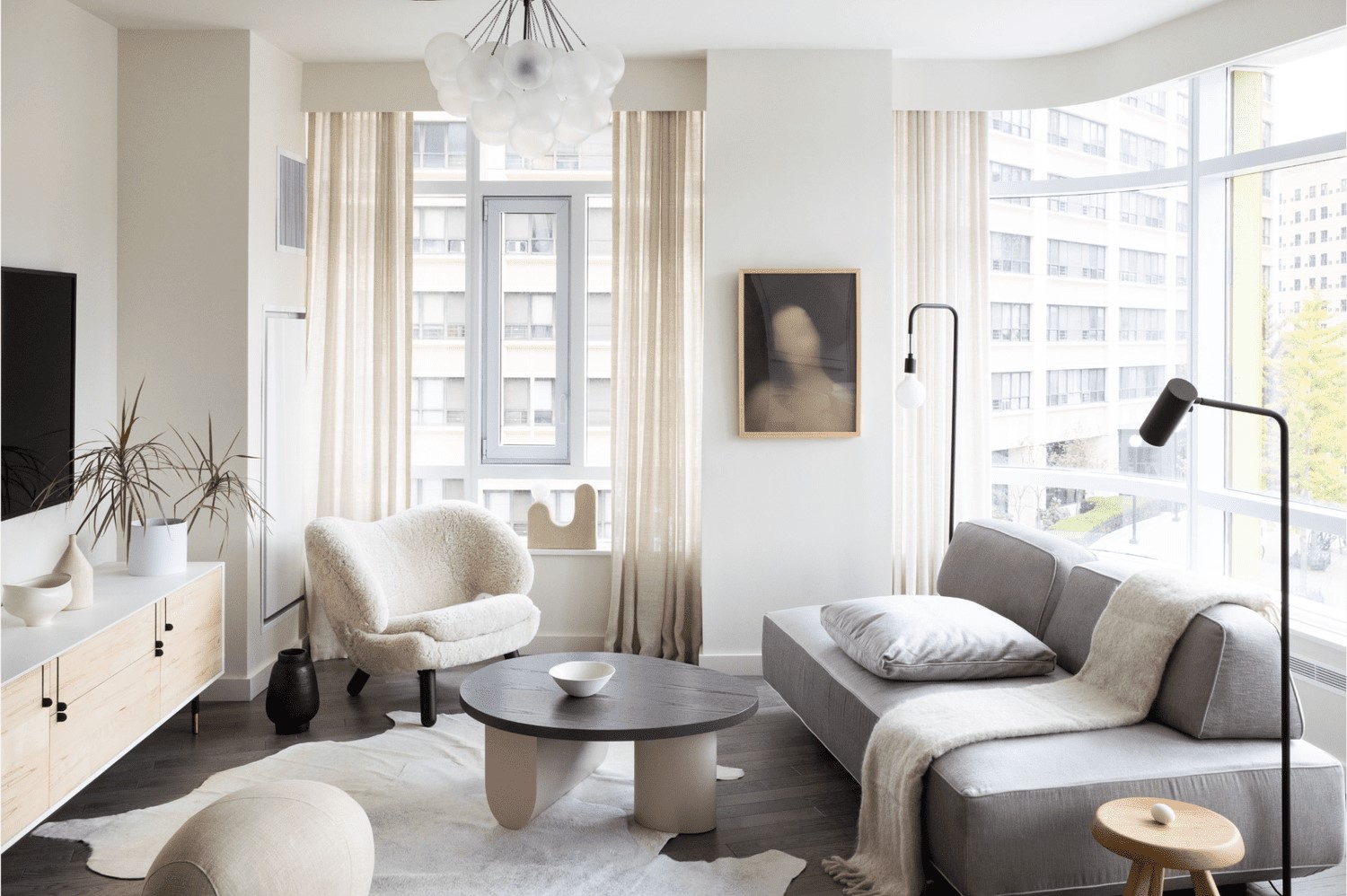
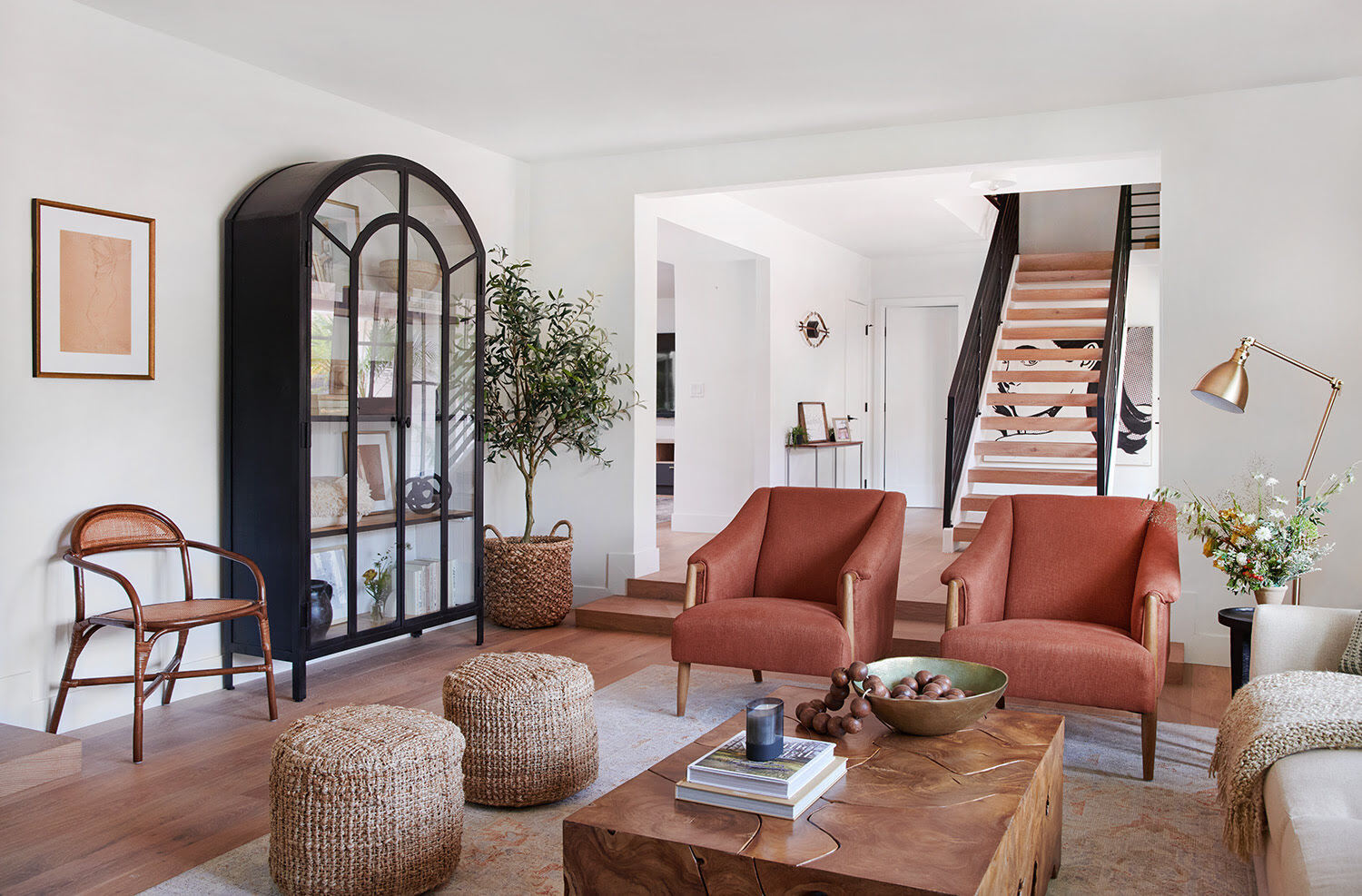
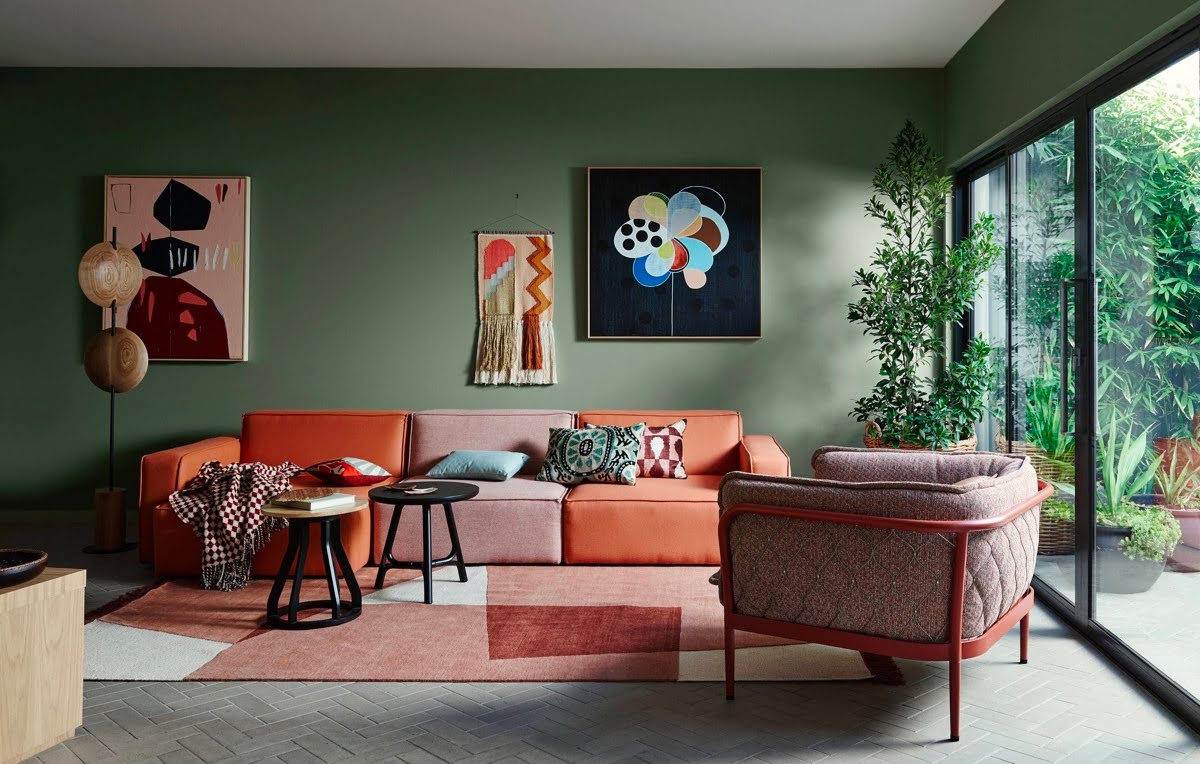
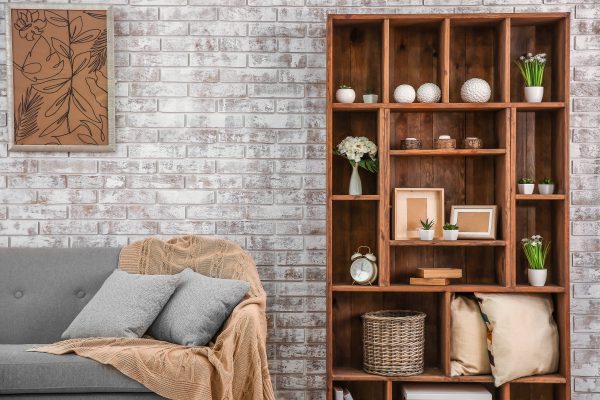
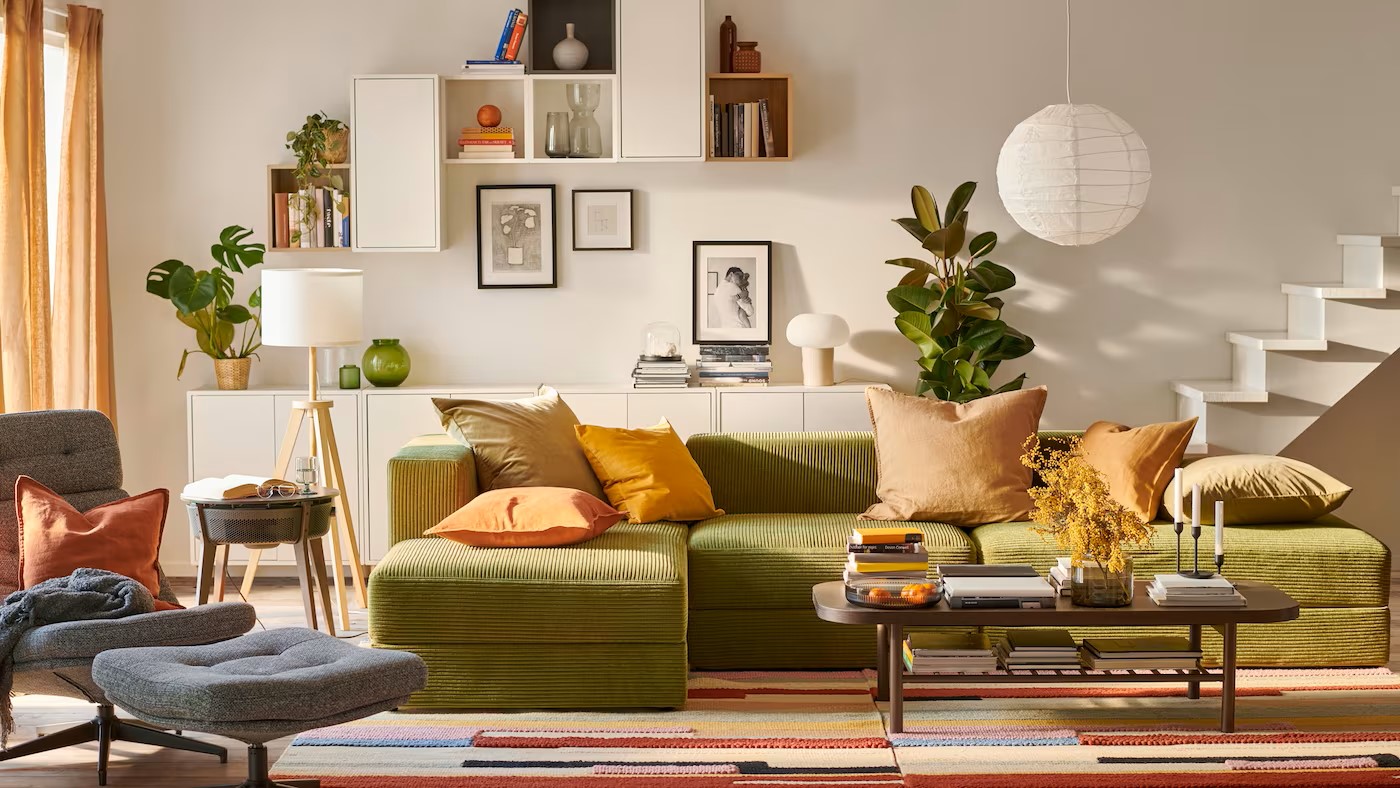
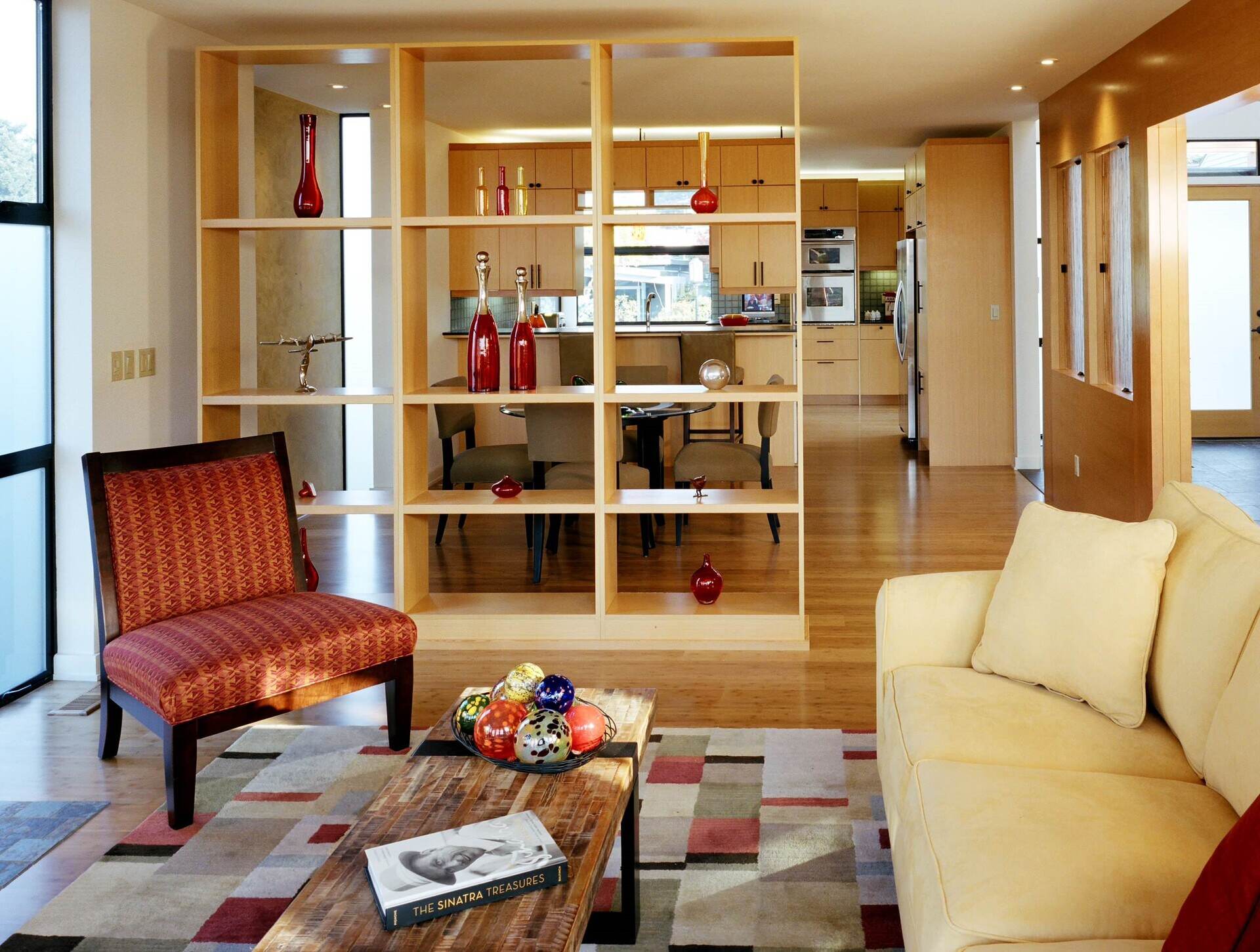
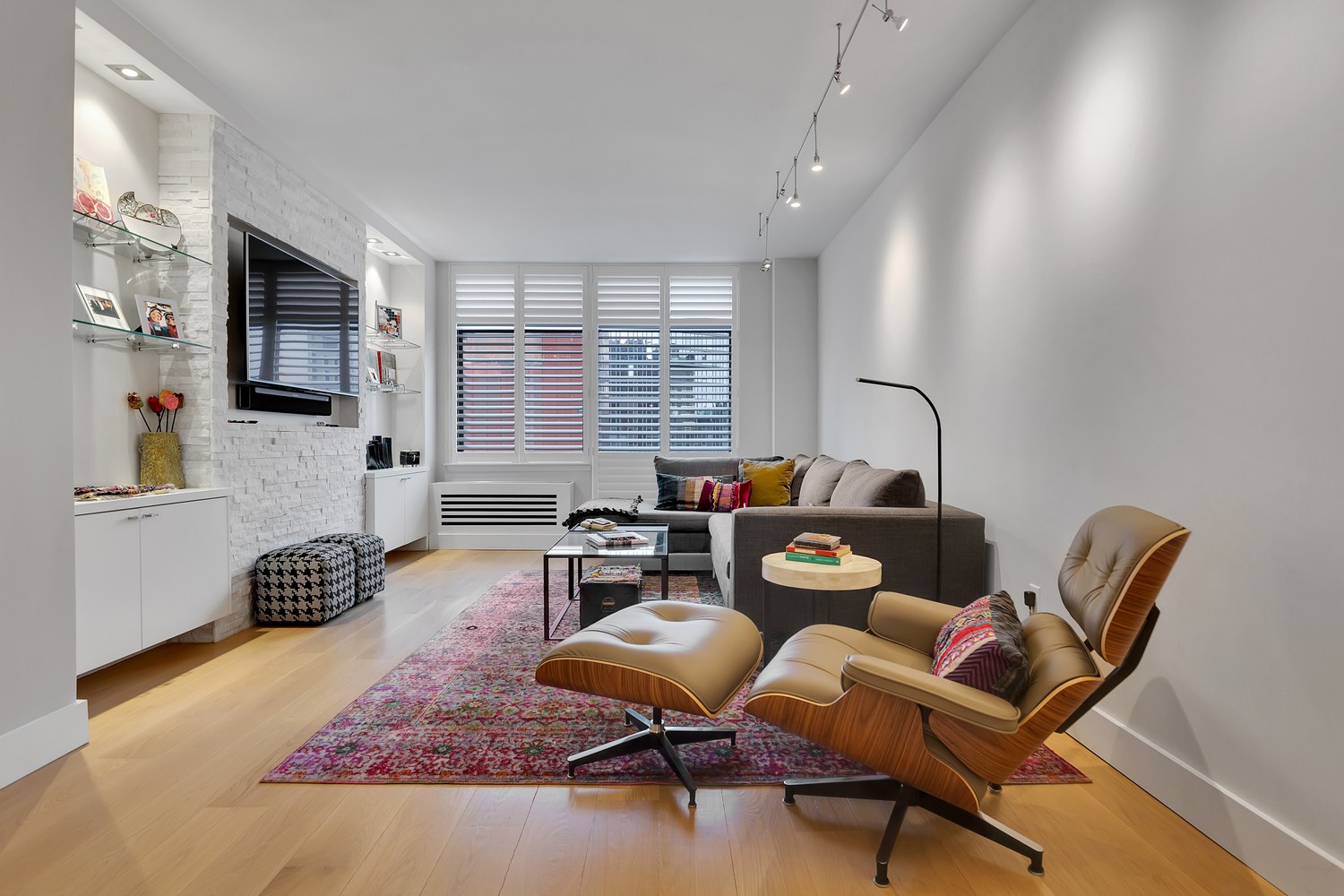

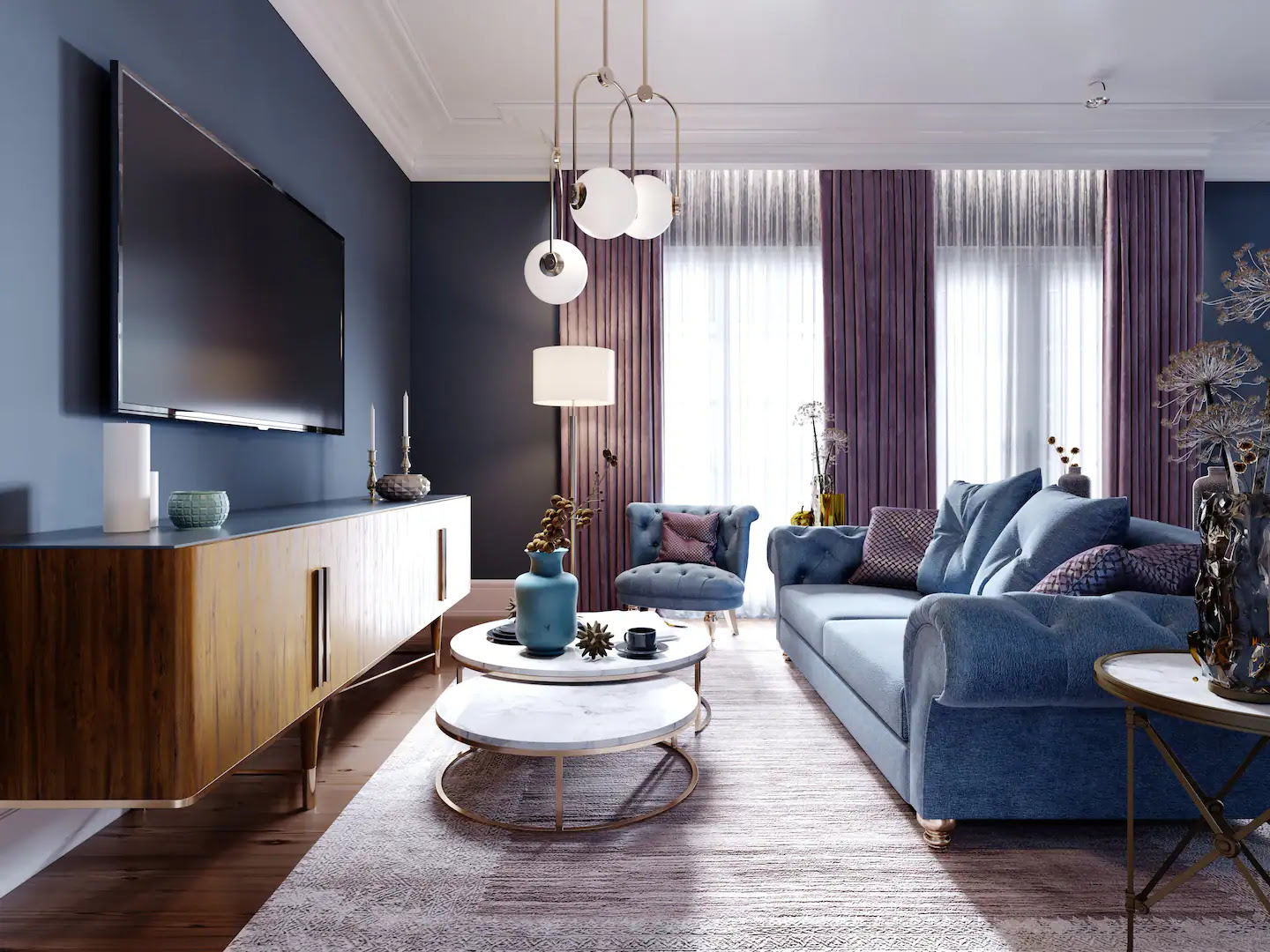
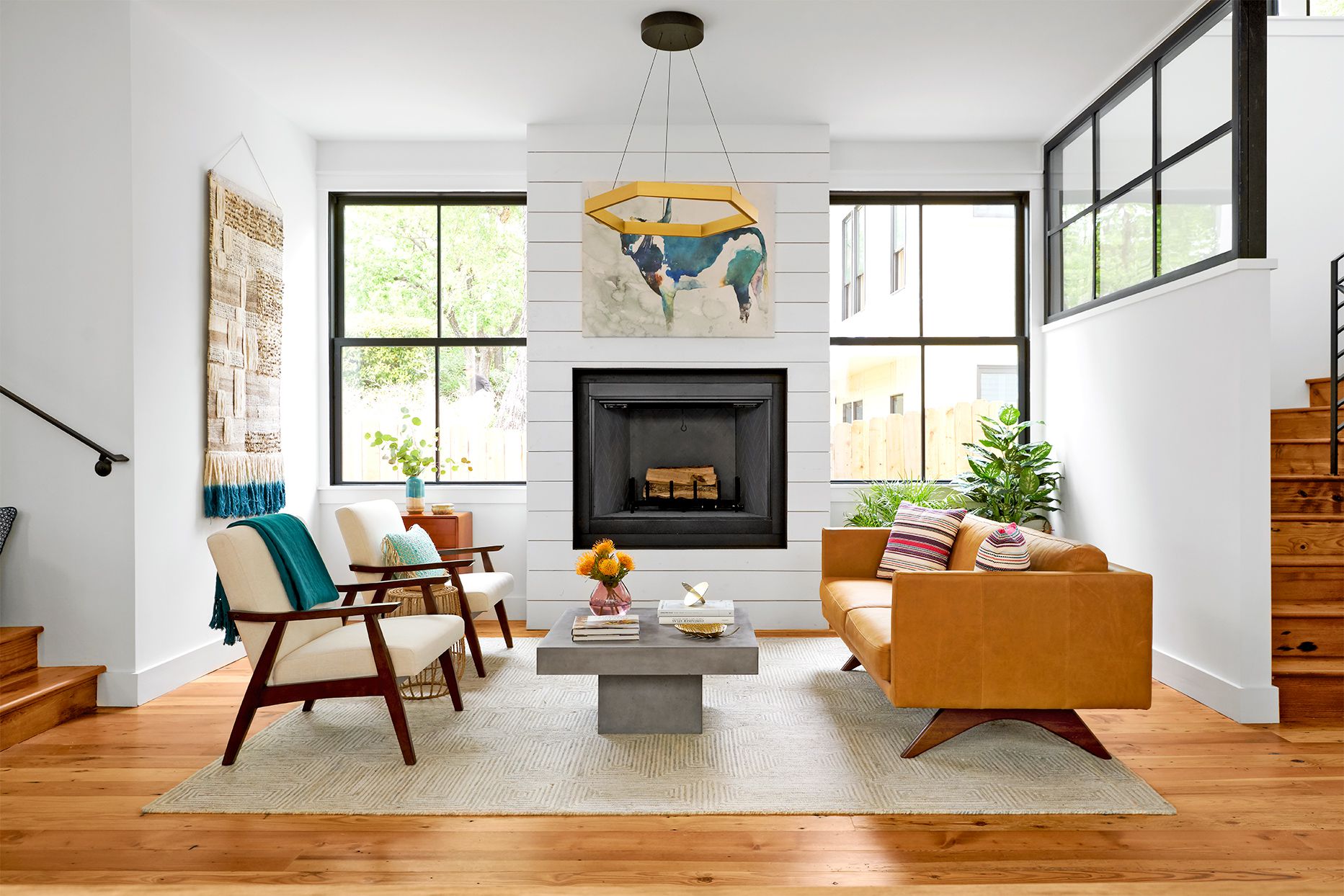
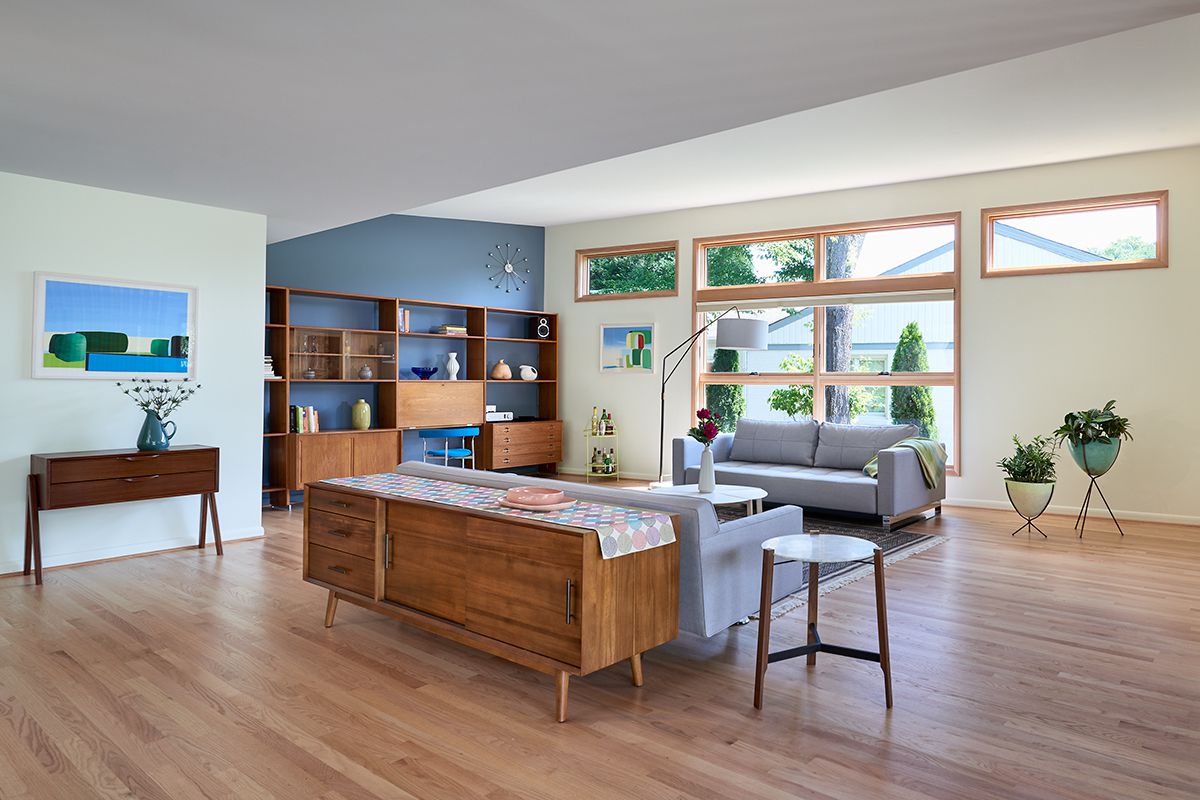
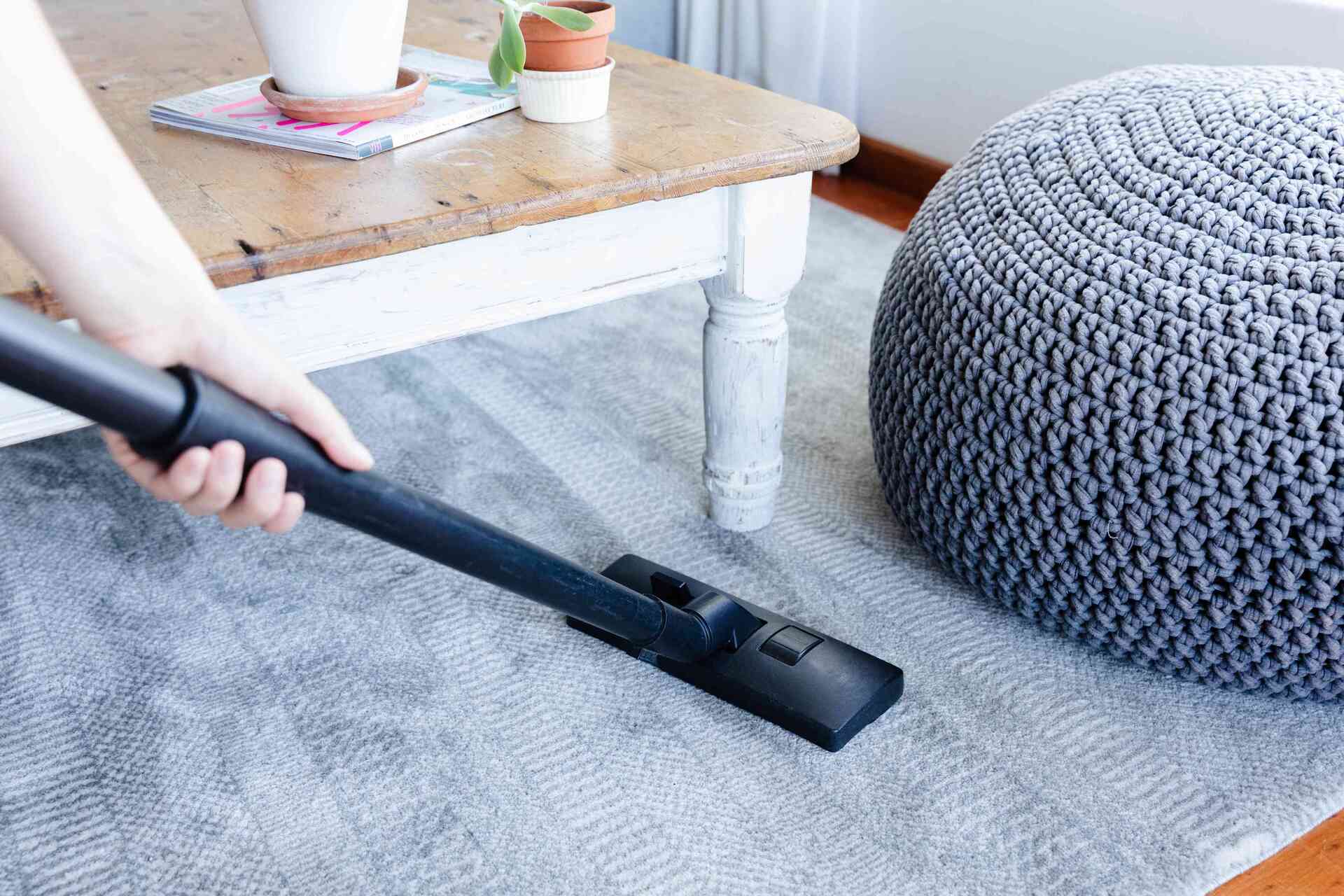
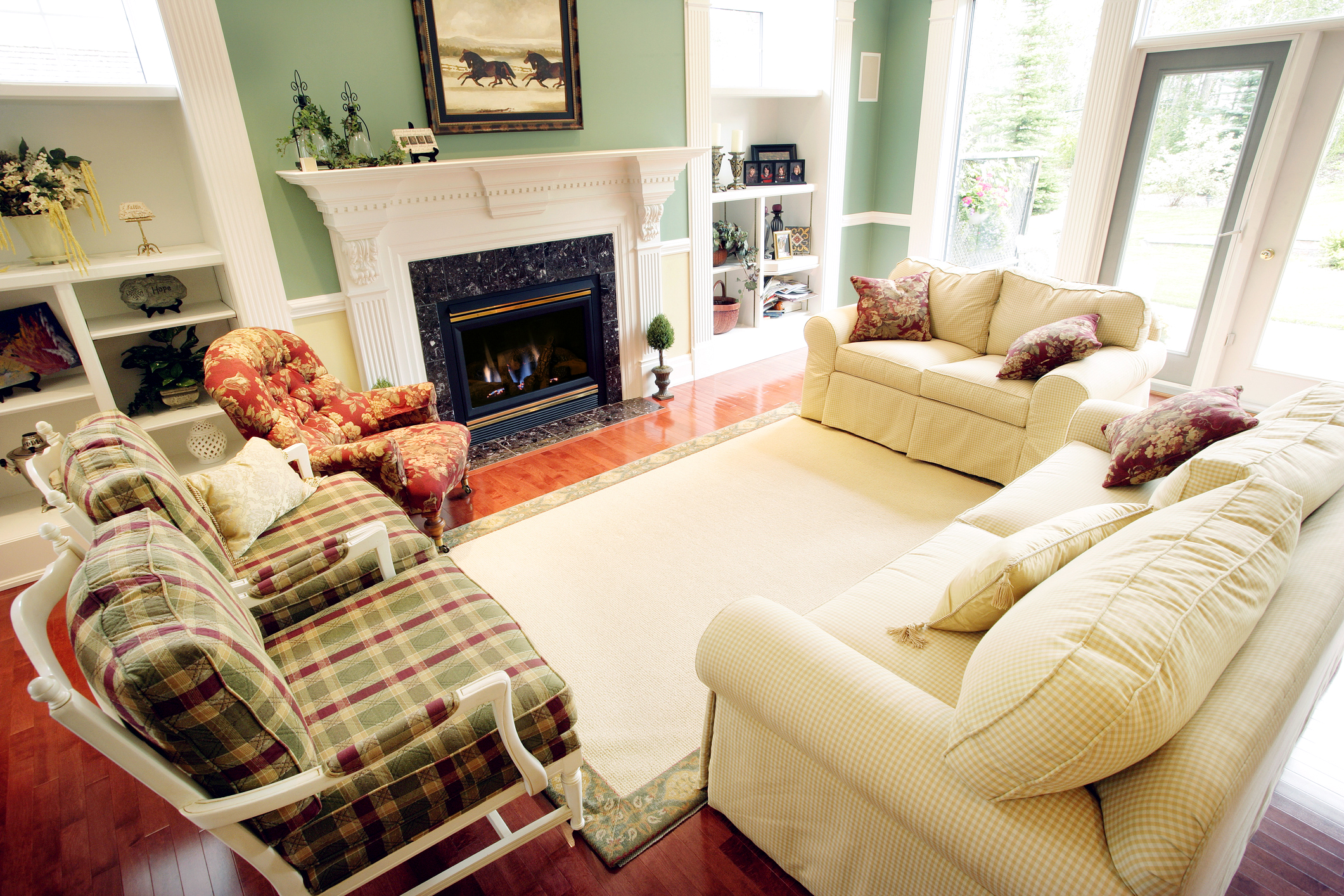
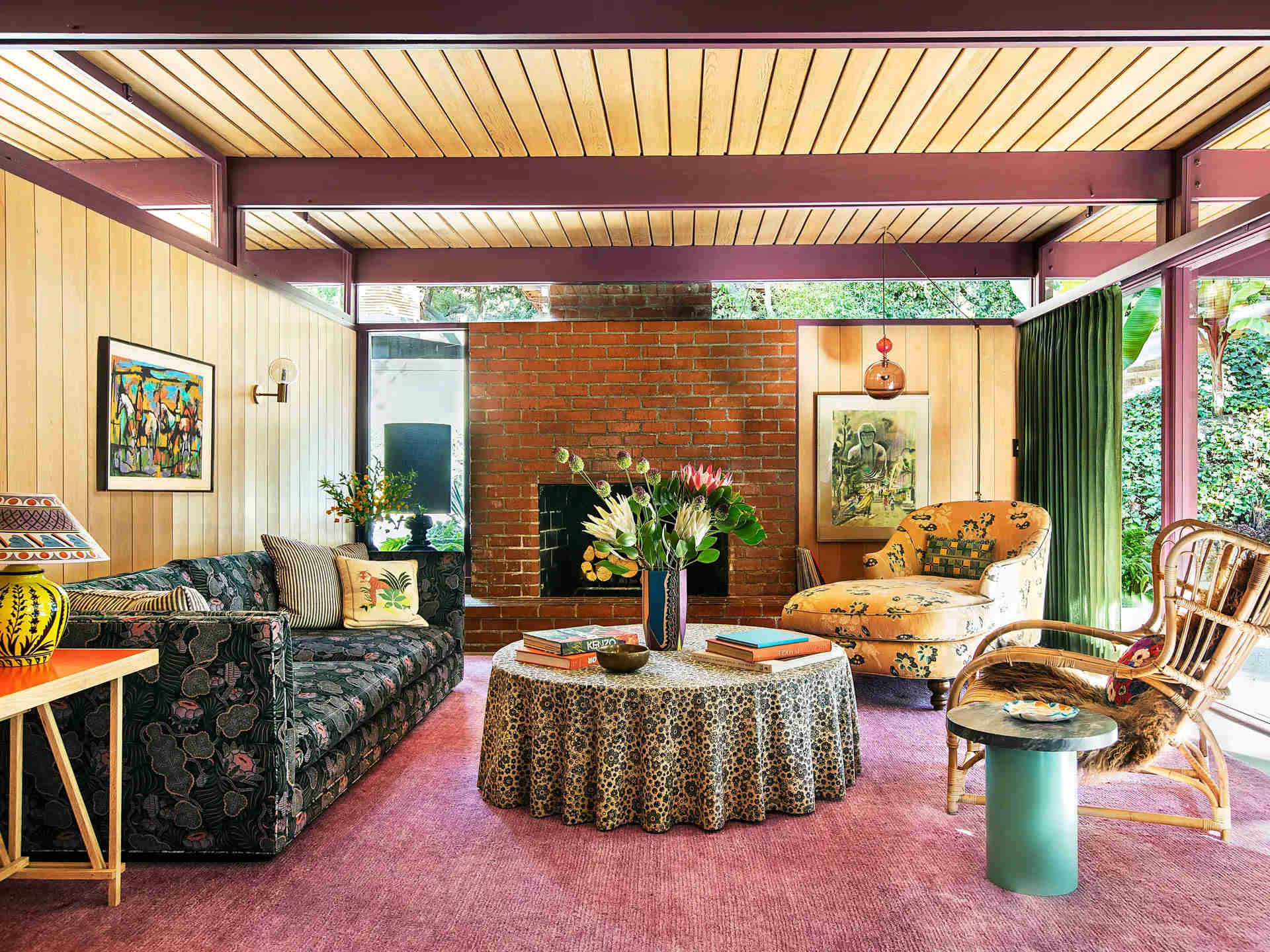

0 thoughts on “How To Organize A Living Room”